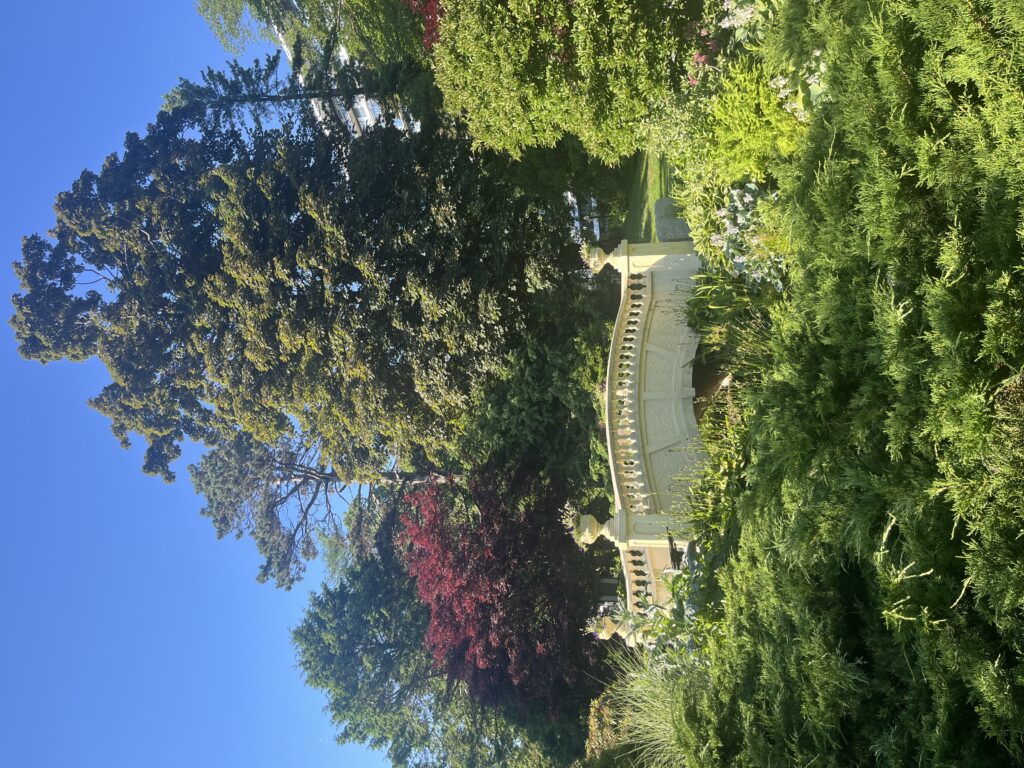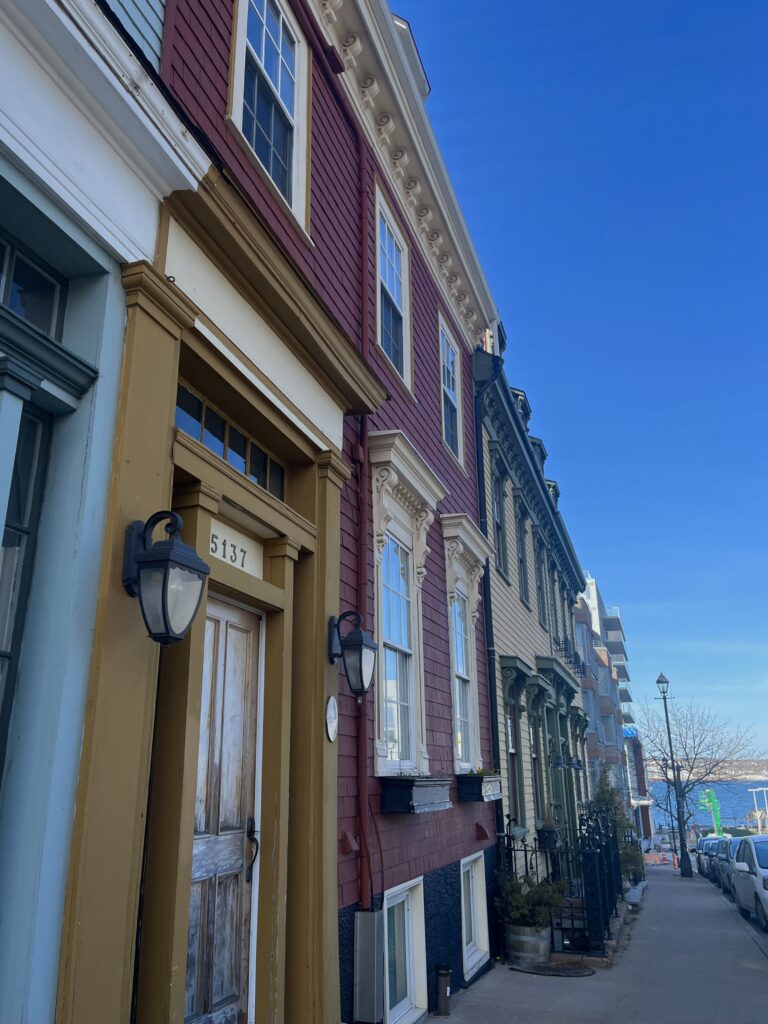By Sarah Bangash
Home to the Centre for Law and Democracy (CLD), the North End is a neighbourhood in Halifax that boasts lush greenery, unique architecture, and diversity throughout. In fact, its artistic culture has made my daily uphill trek to the office worth every muscle ache.1
Notably, the Haligonian culture is reflected in the area’s street art, a striking showcase of residents’ individuality. Varying from political to purely aesthetic, such murals represent our right to freedom of expression, transformed into a mosaic of vibrant colours. Similarly to the works of art that embellish the city, the digital world is yet another depiction of a patchwork of complex, differing opinions. At the CLD, I have encountered several contemporary examples of how curtailing freedom of expression, particularly in the digital era, can drastically impede societal development and flourishing.


Since the start of my internship at the CLD, I have immersed myself in substantive work related to freedom of expression. My first project involved research for the drafting of an amicus curiae brief for a Constitutional Court of Colombia case, which centred on an official government account’s decision to block a journalist after the latter authored critical posts about the State on the platform X (formerly Twitter).2 The amicus brief highlights the importance of non-discriminatory access to journalists, whether offline or online, so that they may receive and impart reliable information to the broader public.3 Thus, the act of unjustifiably blocking a journalist’s account raises numerous issues tied to both freedom of speech and access to information, which are essential to journalism as they establish media freedom, a crucial pillar of any democracy.

As part of my research, I looked into European Court of Human Rights cases, as well as jurisprudence in Africa, Latin America, and Canada. Unexpectedly, I dove into case law in English, Spanish, and French, acquiring knowledge about international human rights standards on digital technology.
While digital rights are a relatively new concept, they are rapidly transforming into a complex framework designed to safeguard our fundamental human rights. For example, at the CLD, I also examined regulations on intermediary liability. In particular, I looked into the European Commission’s Digital Services Act (DSA), which remarkably imposes stringent due diligence obligations on very large online platforms and search engines, primarily aiming to combat harmful content and disinformation.4
Although the Commission enforced the DSA not long ago, it has already announced several investigations into possible breaches by intermediaries.5 It is therefore intriguing to contemplate the severity of possible consequences, such as sanctions, in addition to the DSA’s potential negative impact on freedom of expression.


Overall, my introduction to digital rights and their effect on freedom of expression has been highly valuable; my projects so far have equipped me to better navigate the turbulent waters of international human rights law. However, such rights may be fleeting if authorities put overbroad or excessive restrictions in place. As Special Rapporteur Irene Khan stated, “digital technology and social media have created a new paradigm that has exposed ambiguities, uncertainties and potential gaps in international legal standards that some States and non-State actors are exploiting with audacity and impunity to the detriment of human rights.”6 Government entities must therefore consider factors such as necessity and proportionality before engaging in any restrictive actions on discourse.
To preserve our democracy, we must strive to promote the mosaic of discourse on the Internet according to the standards international law establishes, rather than unreasonably impeding intellectual diversity.
- NB: The climb to the CLD is considerably worse than the one up Peel Street to the Faculty of Law at McGill. ↩︎
- Centre for Law and Democracy, Press Release, “Colombia: Amicus Brief on Government Social Media Blocks” (24 June 2024), online: <law-democracy.org/live/colombia-amicus-brief-on-government-social-media-blocks/>. ↩︎
- Toby Mendel & Laura Notess, “Intervention as Amicus Curaie in Proceeding T-9.973.884 Relating to the Tutela Action Brought by José Manuel Vega de la Cruz Against the Government of Valledupar” (2024) Centre for Law and Democracy, online: <law-democracy.org/live/wp-content/uploads/2024/06/Colombia-brief.full_.FINAL-June-2024.pdf> at 8-9. ↩︎
- EU, Regulation 2022/2065 of the European Parliament and of the Council of 19 October 2022 on a Single Market For Digital Services and amending Directive 2000/31/EC (Digital Services Act), [2022] OJ, L 277/1 at para 9. ↩︎
- Eur Comm’n, Press Release, IP/24/2373 “Commission opens formal proceedings against Facebook and Instagram under the Digital Services Act” (30 April 2024), online:<ec.europa.eu/commission/presscorner/detail/en/ip_24_2373>;
Eur Comm’n, Press Release, IP/24/2227 “Commission opens proceedings against TikTok under the DSA” (22 April 2024), online:<ec.europa.eu/commission/presscorner/detail/en/ip_24_2227>. ↩︎ - Irene Khan, Report of the Special Rapporteur on the promotion and protection of the right to freedom of opinion and expression, UNGA, 77th Sess, UN Doc A/77/288 (2022) at para 104. ↩︎
